-
Forum Statistics
355.5k
Total Topics4.6m
Total Posts -
Member Statistics
128,411
Total Members18,857
Most OnlineNewest Member
Marketa
Joined -
Images
-
Albums
-
USG 10
- By USG,
- 0
- 0
- 54
-
Monthly Ink Challenge III
- By InesF,
- 1
- 0
- 61
-
namrehsnoom-18
- By namrehsnoom,
- 0
- 0
- 21
-
Paper products
- By A Smug Dill,
- 3
- 48
-
Uploads
- By hari317,
- 0
- 0
- 67
-

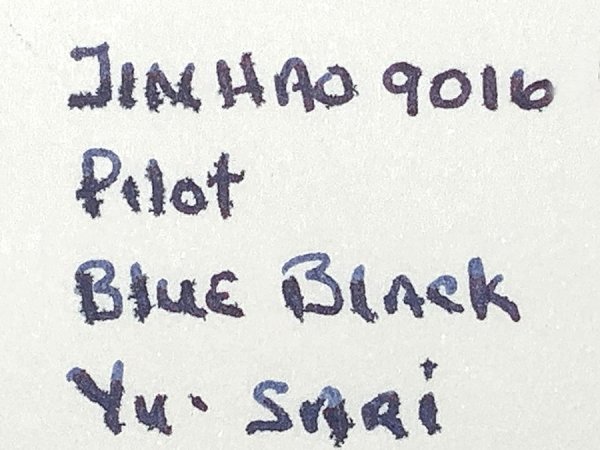
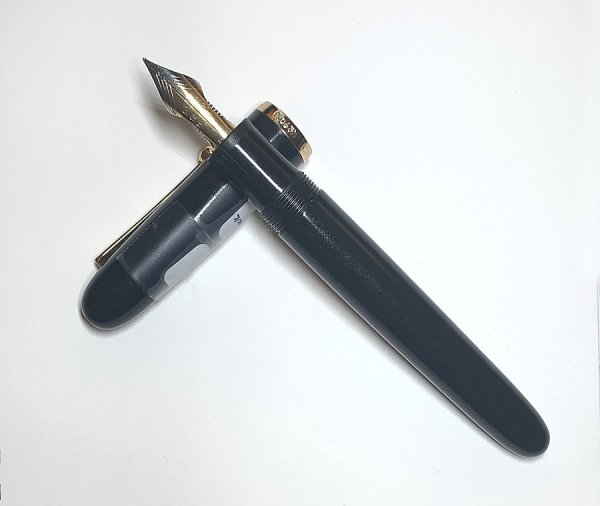
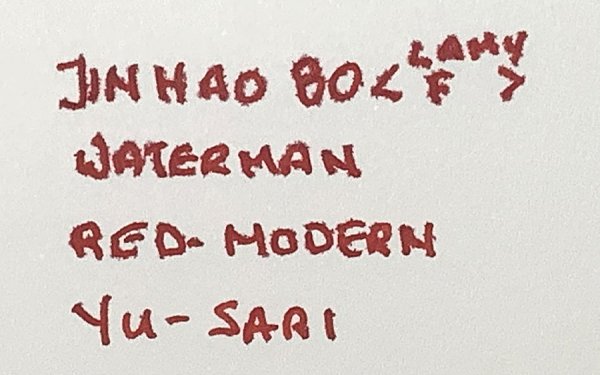

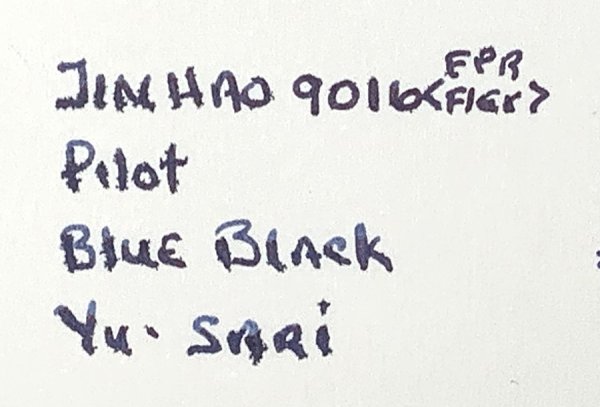







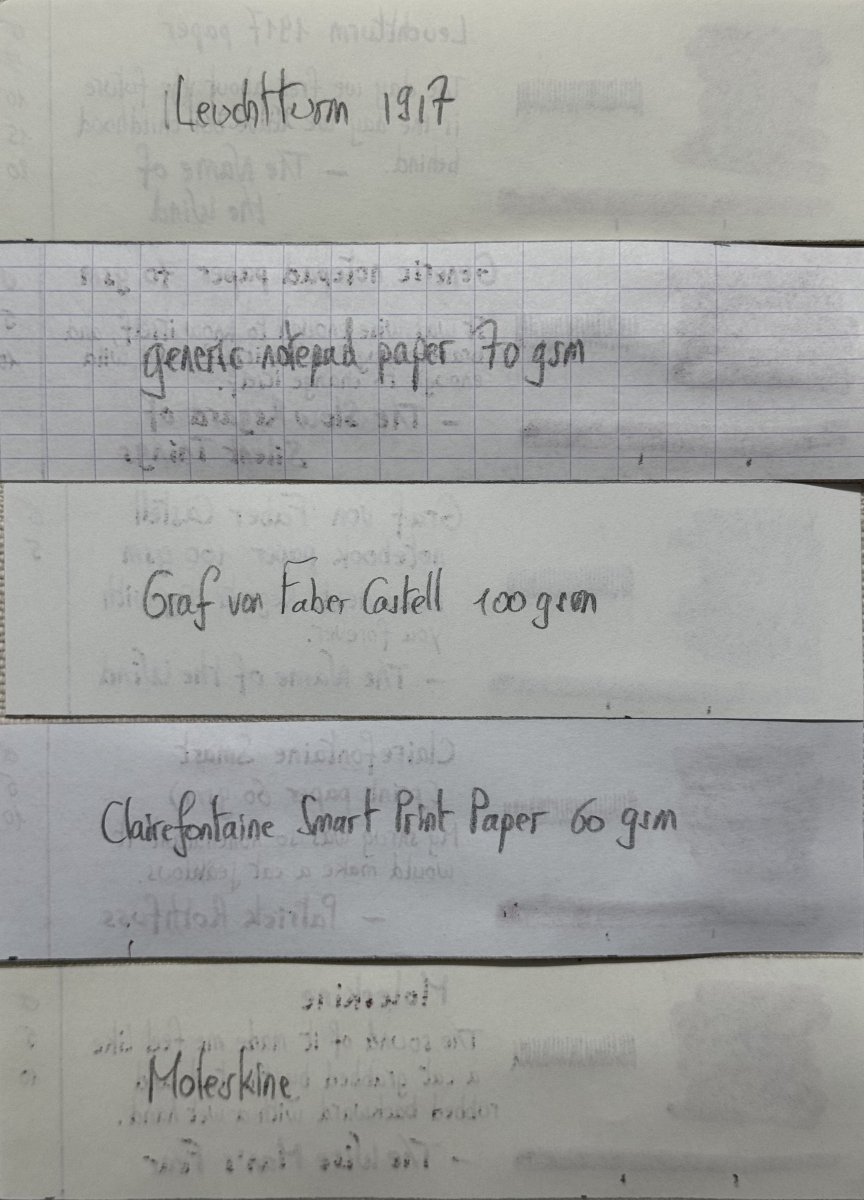



.thumb.jpg.f07fa8de82f3c2bce9737ae64fbca314.jpg)



desaturated.thumb.gif.5cb70ef1e977aa313d11eea3616aba7d.gif)







Recommended Posts
Create an account or sign in to comment
You need to be a member in order to leave a comment
Create an account
Sign up for a new account in our community. It's easy!
Register a new accountSign in
Already have an account? Sign in here.
Sign In Now